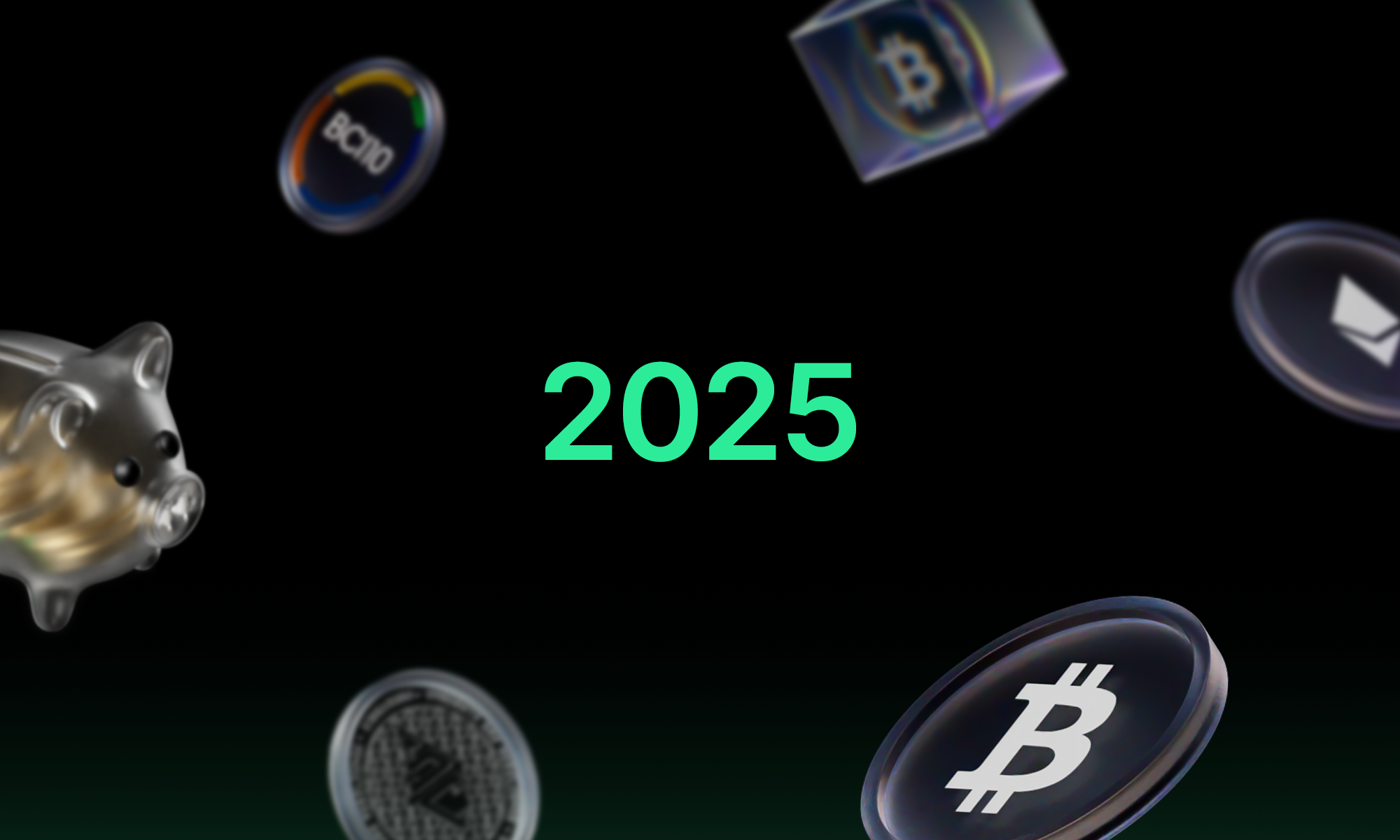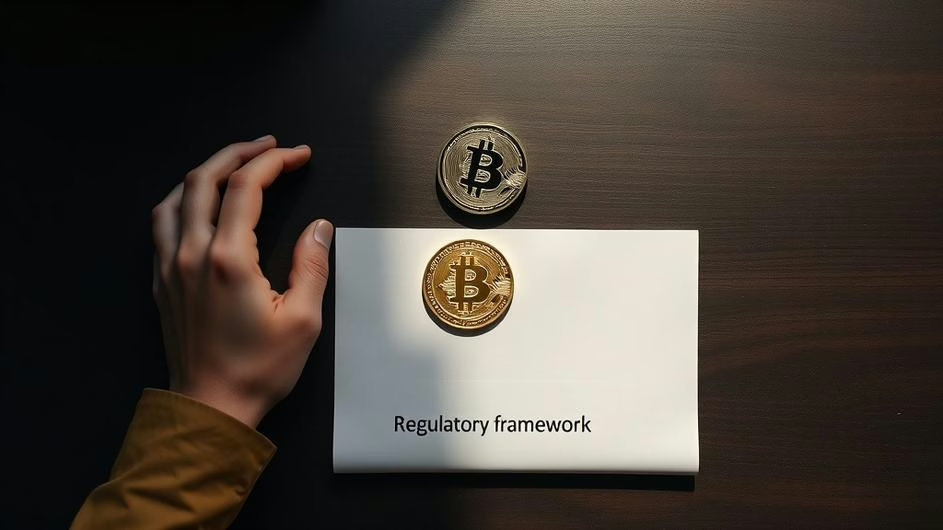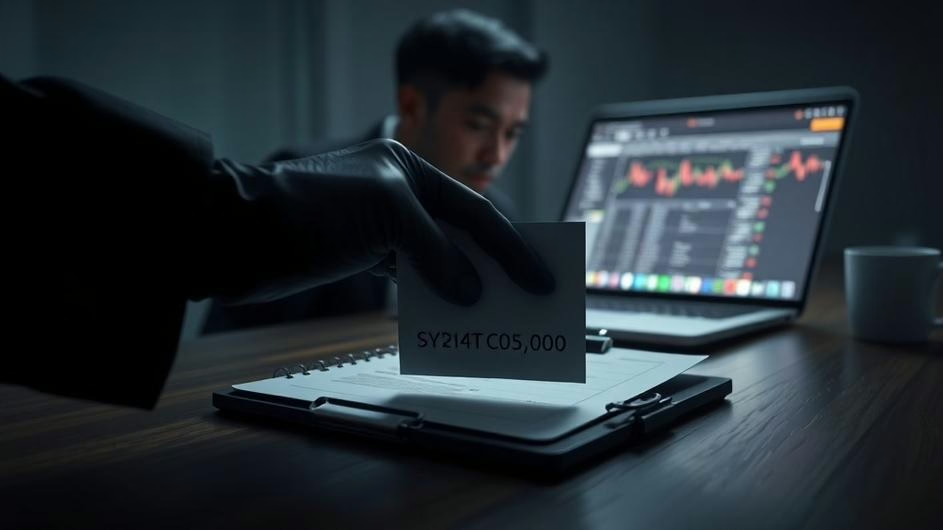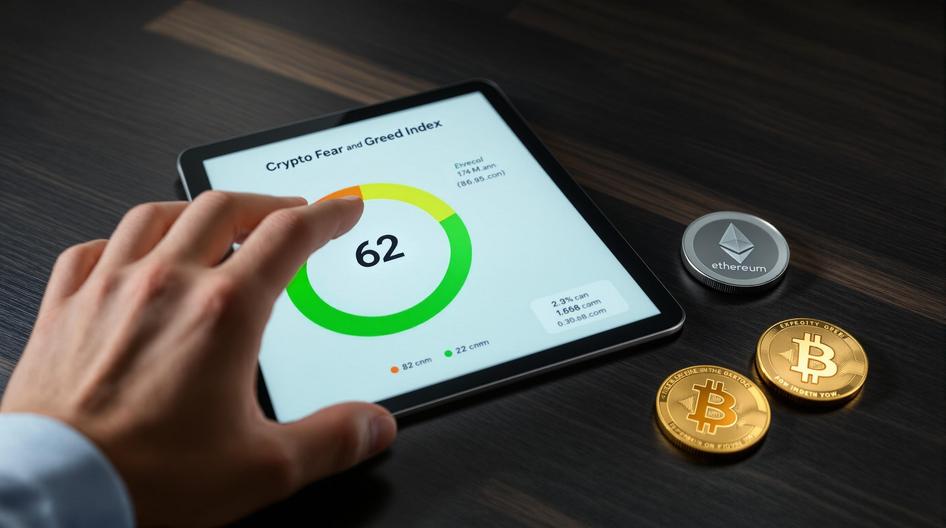
Navigating the New Frontiers of Crypto Security and Sovereignty in 2025
The crypto world is moving faster than ever, and with that speed comes a whole new set of challenges and opportunities. Digital asset ownership, security, and regulation are getting more complex by the day. This year is giving us a clear picture of how far the industry has come, from the rise of crypto ATM scams to innovations in self-custody hardware wallets and new digital threats aimed squarely at developers. It’s a lot to take in, but understanding these moving parts is key to protecting the future of crypto.
The Hidden Dangers of Crypto ATMs
Lately, reports of crypto ATM scams have been piling up, revealing a nasty reality for investors. Scammers are getting creative, using social engineering to trick people into sending crypto to fraudulent wallets, leading to losses that are often impossible to recover. They’ll send fake bank alerts or create a false sense of urgency to manipulate victims into acting without thinking.
For federal investigators, it’s a tough problem to solve. These scams highlight a core tension in crypto. While decentralization gives users incredible power, it also places the burden of security squarely on their own shoulders. It’s a stark reminder that vigilance isn’t just a good idea, it’s essential for survival in this space.
“Not Your Keys, Not Your Coins” Has Never Been More True
The push for personal control over digital assets is getting louder. Financial strategist Versan Aljarrah, founder of Black Swan Capitalist, puts it bluntly: self-custody is no longer optional. He argues that trusting third parties with your assets is a massive vulnerability that puts your entire portfolio at risk.
His advice? Don’t keep all your eggs in one basket. Aljarrah recommends spreading XRP holdings across multiple cold wallets with layered security. This isn’t just about paranoia, it’s about smart asset defense. This mindset is part of a bigger shift toward self-custody, where hardware wallets do more than just store coins. They are redefining what it means to truly own your Bitcoin and other cryptocurrencies, a topic central to next-gen wallet security.
This sentiment was front and center at the recent Trezor Conference in Prague. The event brought together crypto pioneers and fans to celebrate new ways to secure digital assets. The main takeaway was that hardware wallets empower users by cutting out the middleman, paving the way for a new kind of financial freedom. The conversations weren’t just about hardware, though. They also covered the evolving security protocols needed to protect the community from an ever-expanding web of threats.
A New Battleground: The Developer Supply Chain
Just as the industry celebrated progress in self-custody, a new threat popped up where few were looking. A self-propagating worm called GlassWorm was found lurking in Visual Studio Code extension marketplaces. This was a classic supply chain attack, but with a crypto twist. The malware infected popular developer tools to steal credentials for NPM, GitHub, and Git. Before it was stopped, it drained nearly 50 crypto wallets and set up hidden servers for remote access.
The GlassWorm incident shows how sophisticated these attacks are becoming. It’s a new battleground where developers have to defend their own tools to protect the entire crypto infrastructure. After all, if the code itself is compromised, what hope do end users have? The integrity of the developer ecosystem is directly tied to the security of everyone’s digital assets, a core tenet of modern cybersecurity.

The Rise of Government-Backed Digital Currencies
While the decentralized world grapples with these threats, governments are making moves of their own. The rise of Central Bank Digital Currencies (CBDCs) is a major trend shaping the financial landscape. Unlike cryptocurrencies like Bitcoin or Ethereum, CBDCs are digital versions of fiat currency, issued and controlled by the state.
Countries around the world are exploring CBDCs as a way to modernize their payment systems. But this push comes with big questions. What happens if people start moving their money from commercial banks to government-run CBDC wallets? This could seriously disrupt traditional banking. It also raises red flags around privacy and government control, issues that are central to the Web3 and FinTech revolution.
Staying Proactive in a Volatile Market
With all these developments, the need to protect your private keys and personal crypto holdings is more critical than ever. We see it in the volatility of assets like XRP, where market metrics can signal potential rebounds, encouraging investors to stay sharp. The core message from experts remains consistent: your crypto wealth depends on your own security practices. As one analyst warned the community, it’s vital to ‘Protect Your XRP’ and other holdings with strong, personal security measures.
What’s Next for Web3?
Looking ahead, all these threads, from self-custody and malware to CBDCs, are weaving together to define the next era of Web3. The resilience of the crypto community will be tested as investors and developers navigate these complex issues. Innovations in secure hardware offer a path forward, but vigilance against new threats like supply chain attacks is non-negotiable.
This convergence is forcing crypto to grow up. The industry is finding a balance between its revolutionary ideals of decentralization and the practical need for security and regulation. Those who take ownership of their assets, stay educated on the risks, and engage in the conversation around new rules will be the ones who succeed. This is more than just another year of challenges. It’s an inflection point that could finally allow crypto and Web3 to deliver on their promise of a truly democratized financial ecosystem, driven by both human ingenuity and the rise of AI agents that will further reshape our digital world.
Sources
- Don’t try to escape, Inside the twisted world of crypto ATM scams, CNN
- [LIVE] Trezor Brings the Crypto Community to Prague to Redefine Bitcoin Ownership and Self-Custody, Cryptonews
- Self-propagating worm found in marketplaces for Visual Studio Code extensions, InfoWorld
- ‘Protect Your XRP’: Analyst Issues Warning to Crypto Community, TradingView
- What’s Behind the Surge in Central Bank Digital Currencies, fintechzoom.com
This narrative highlights not just the challenges but the dynamic progress shaping the future of crypto ownership and security technology. Staying informed and engaged remains the single most powerful tool for anyone vested in the crypto ecosystem as it moves boldly towards a new digital frontier.





















































